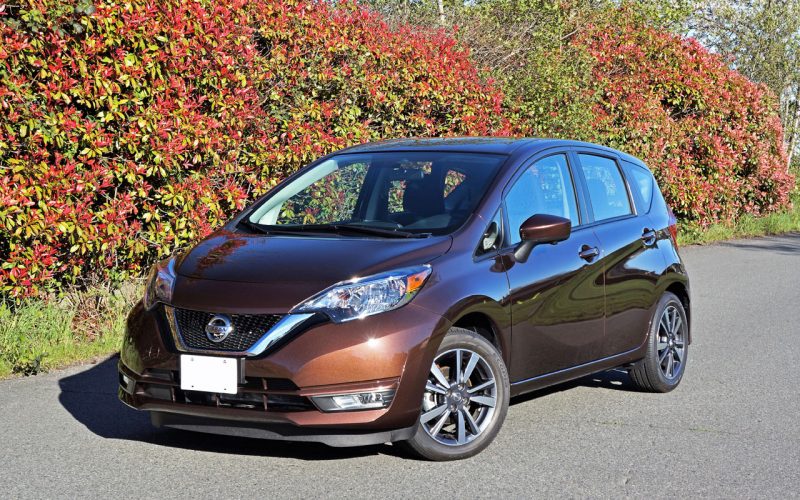
Reading Time: 4 minutesGetting an economy car doesn’t have to be boring or uncomfortable, Nissan’s Versa Note especially good
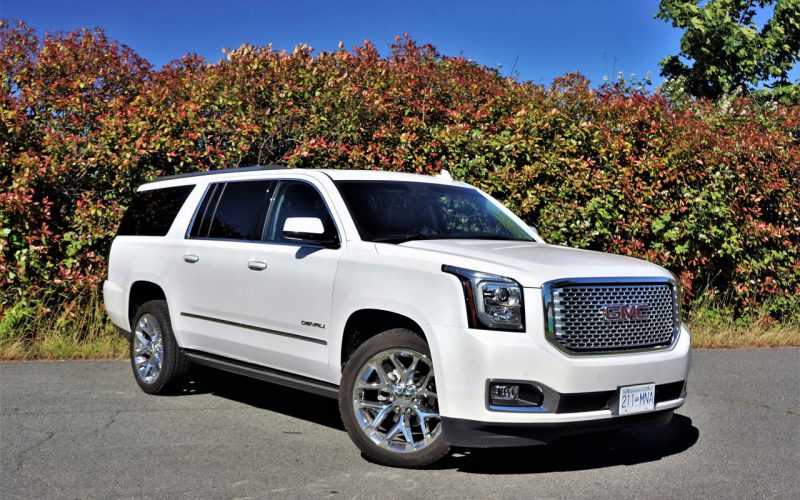
Reading Time: 6 minutesRemember when full-size truck-based SUVs were the environmental equivalent of the antichrist? Hummer was the “Chucky”
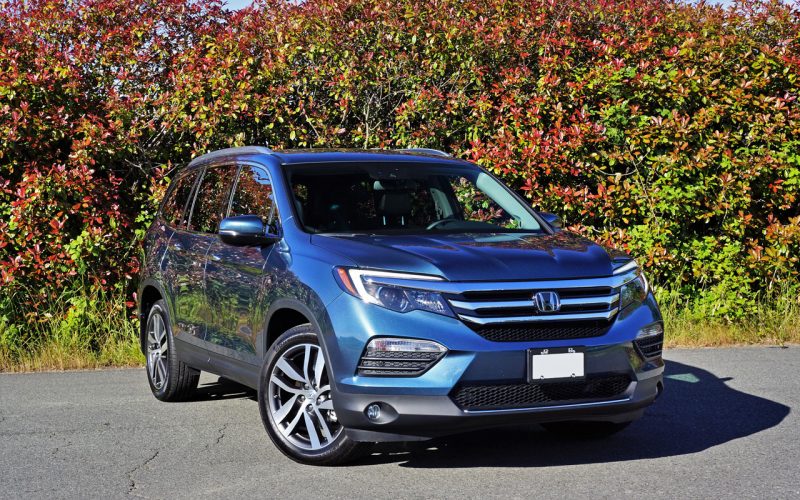
Reading Time: 9 minutesWith a shiny new 2017 Honda Pilot in the driveway, I can’t help but glance over
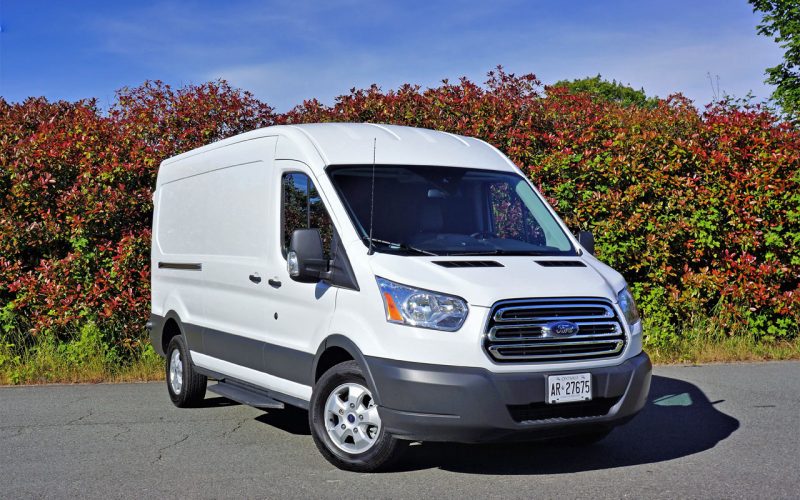
Reading Time: 5 minutesI bet you can think of a dozen or more things you could do with this
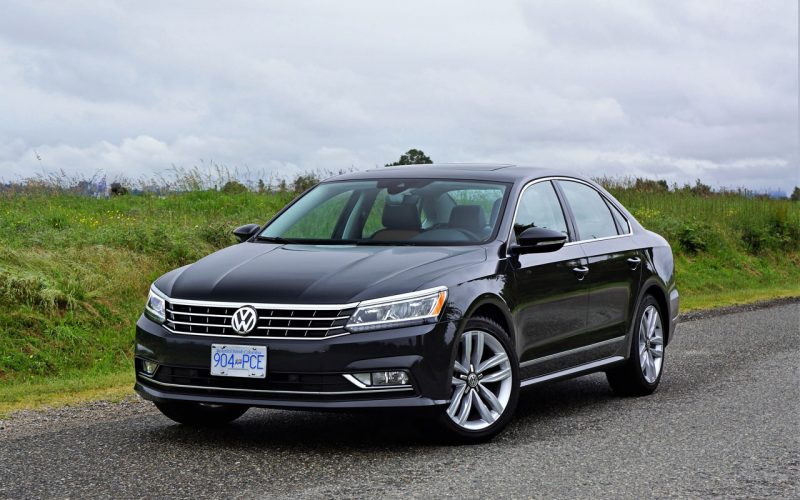
Reading Time: 5 minutesVolkswagen had big hopes for its American-sized Passat when it replaced the smaller Euro-spec B6 model
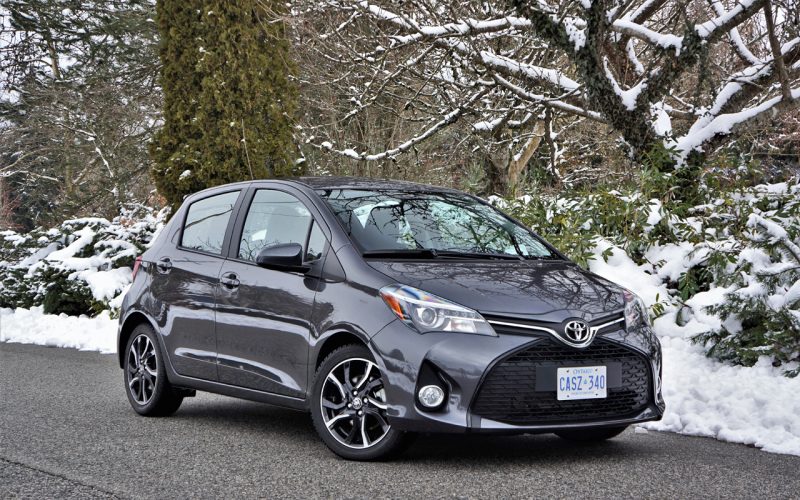
Reading Time: 6 minutesI don’t know why I still call this little car the Tercel. I worked for a
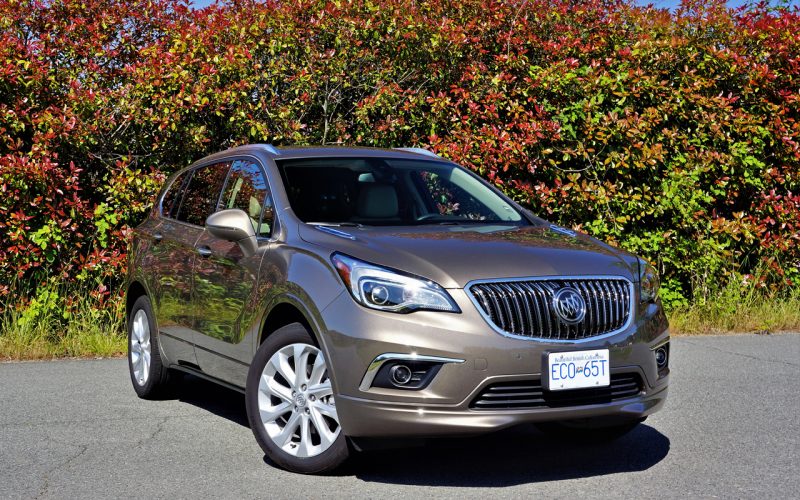
Reading Time: 5 minutesIf the new 2017 Envision looks like a Buick that might have been envisioned a few
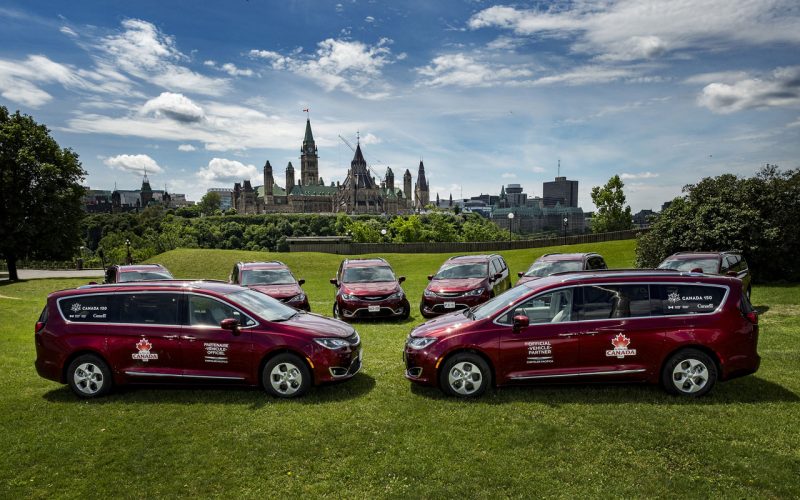
Reading Time: 3 minutesIt’s only fitting that Canada’s favourite family shuttle was the official conveyance in our capital city